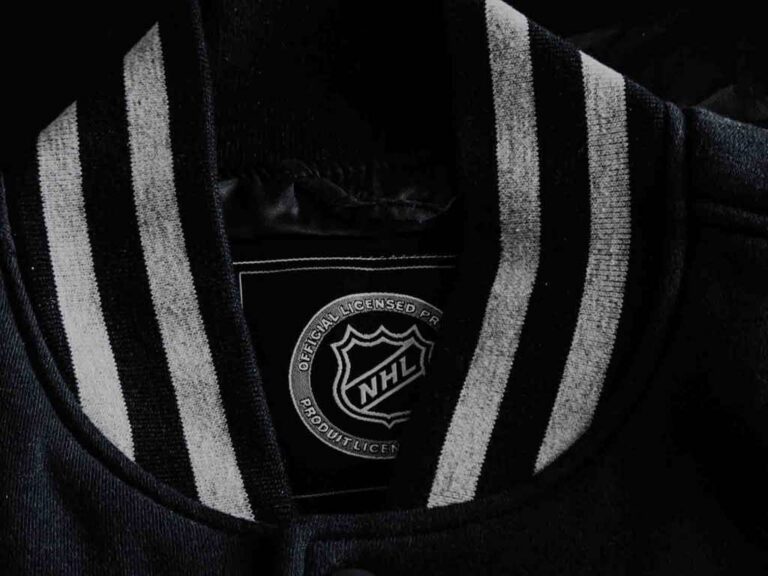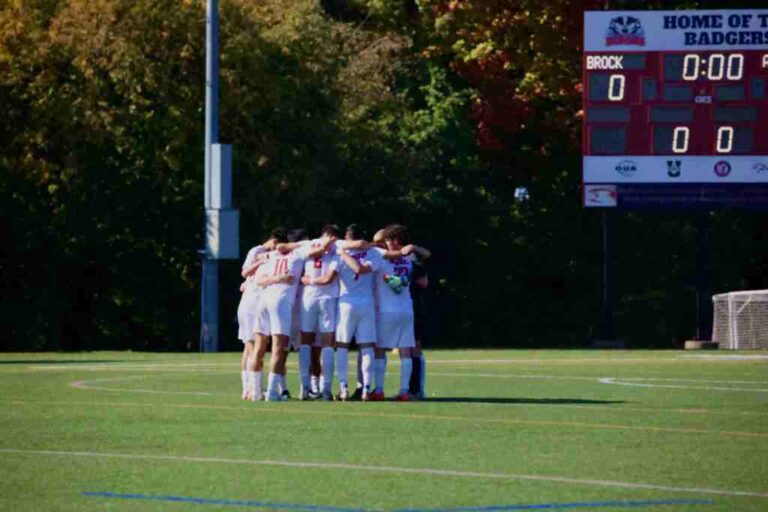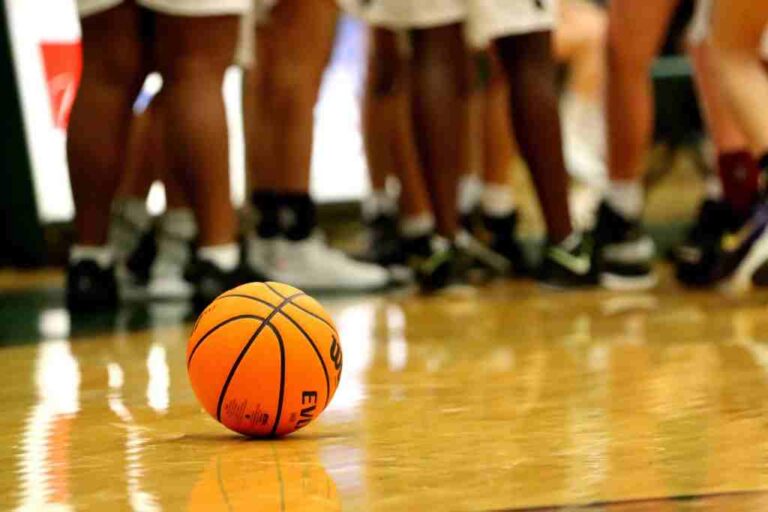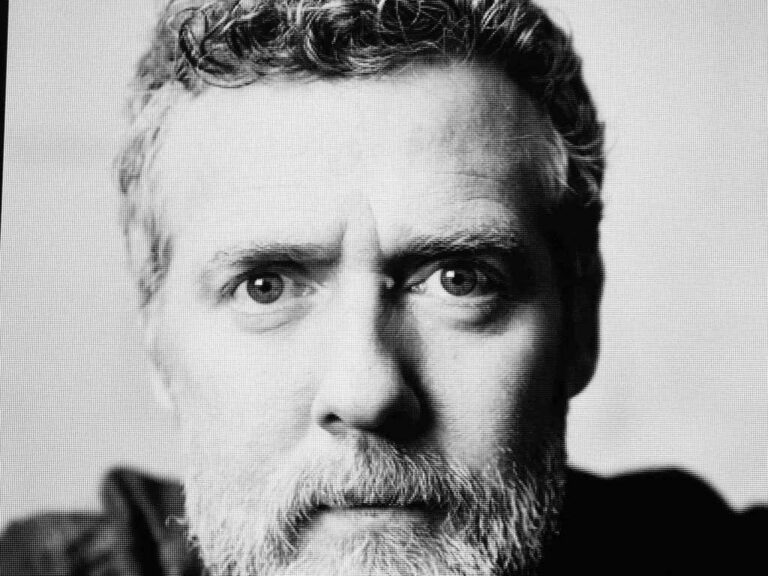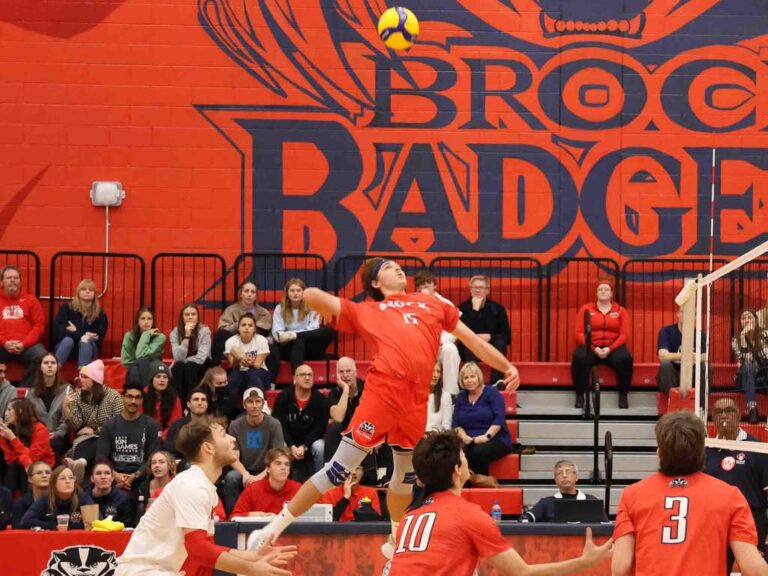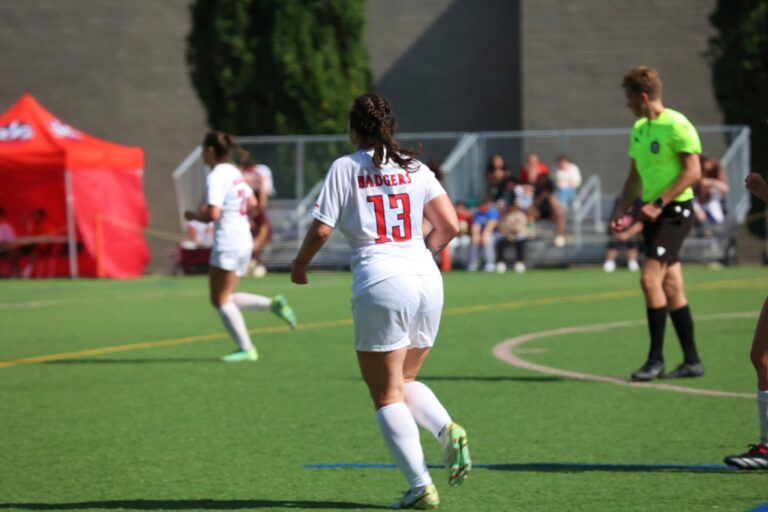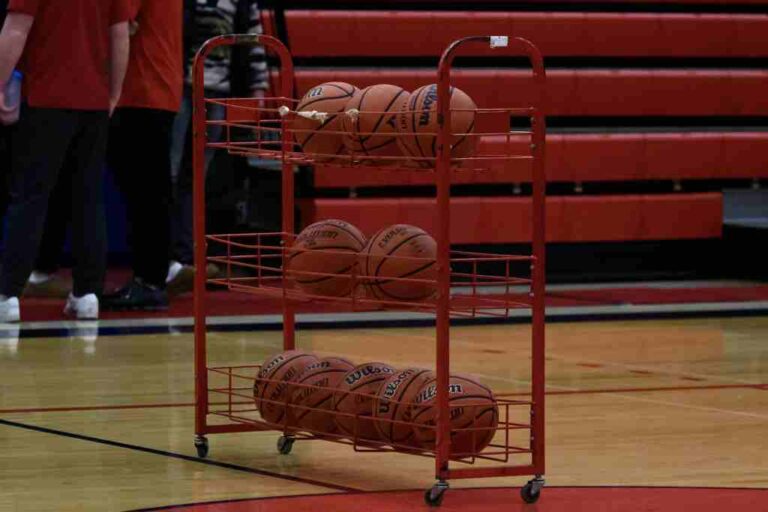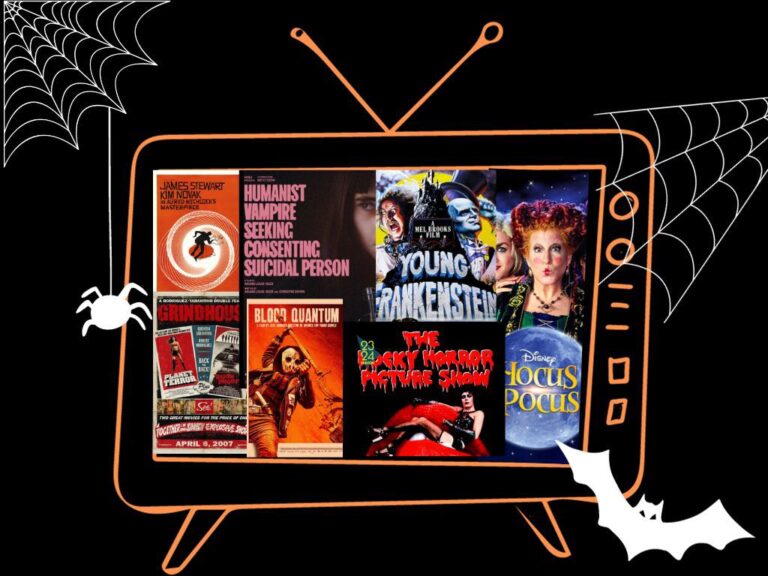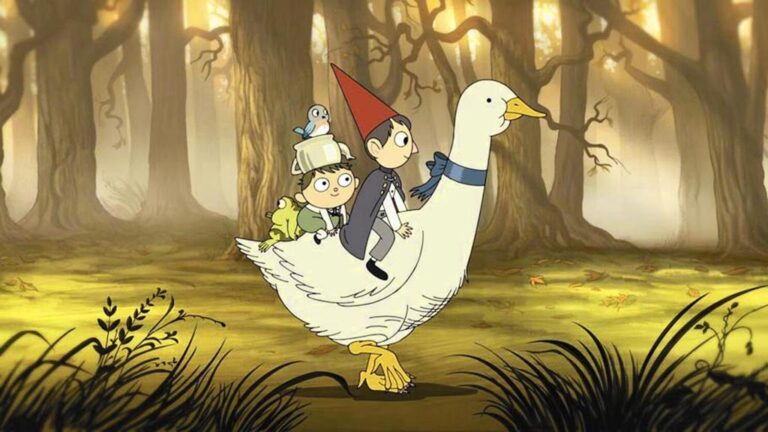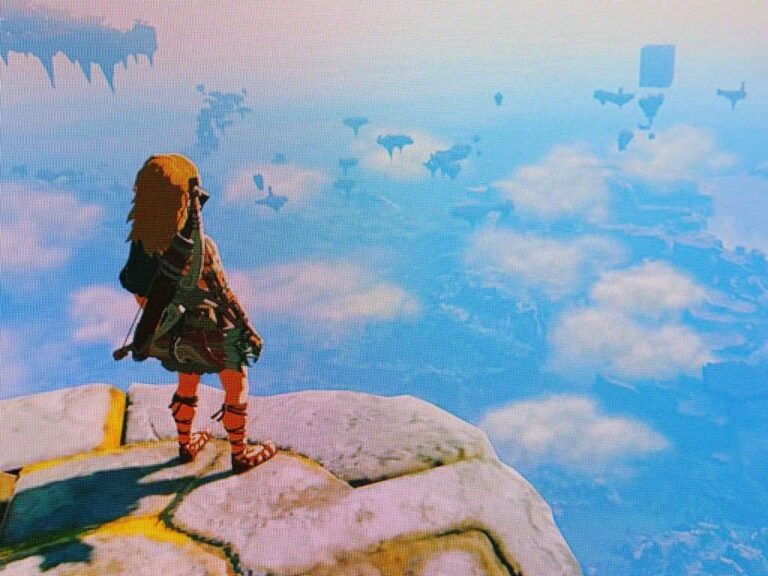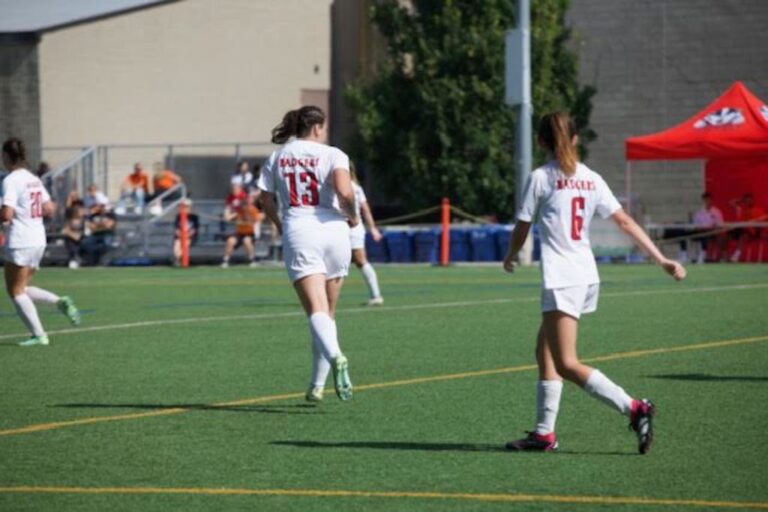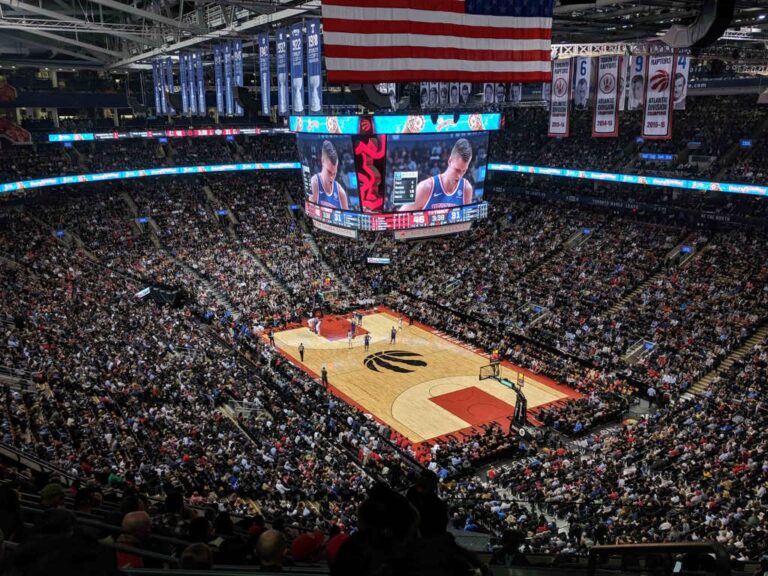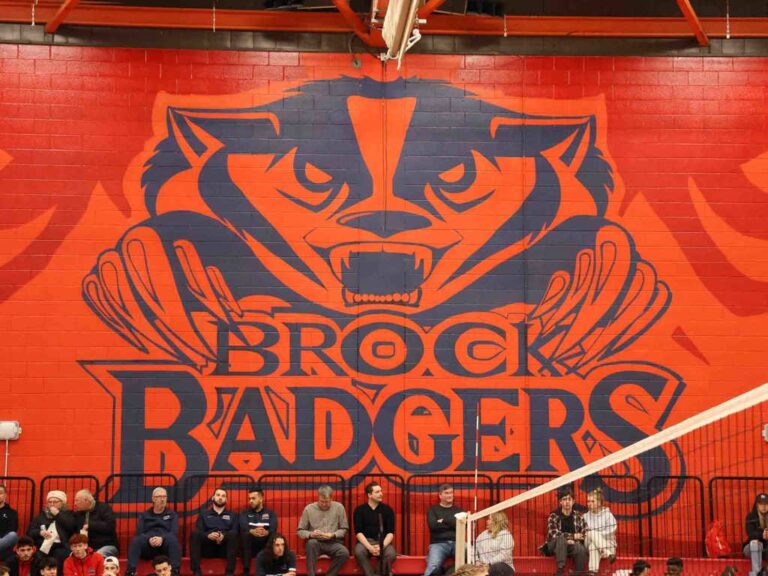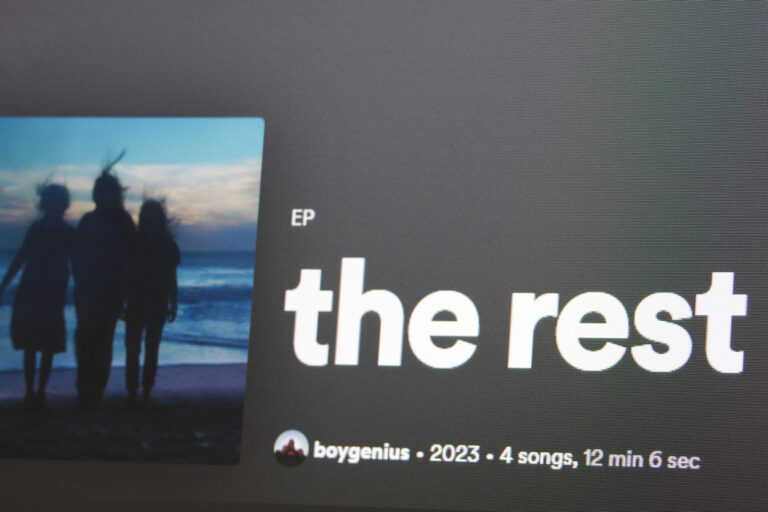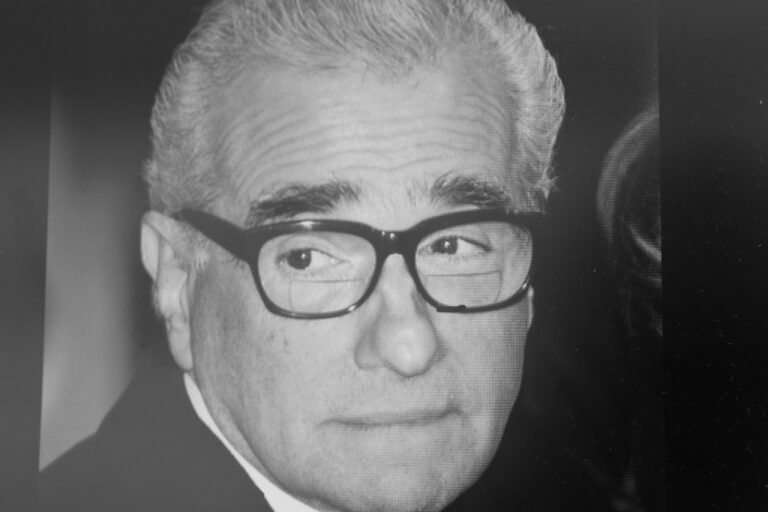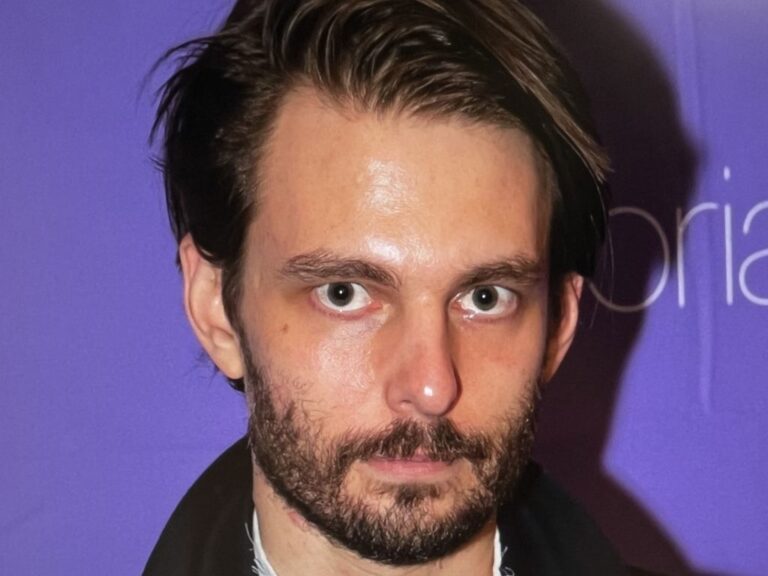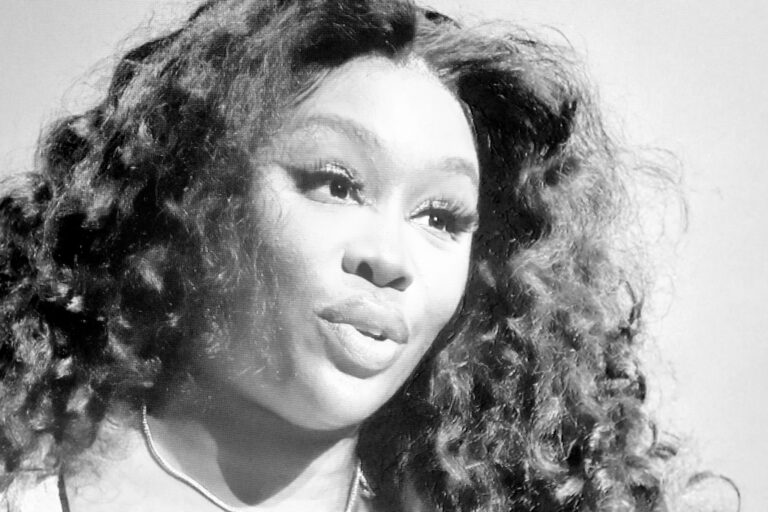It’s hard to know if—while taping his stick in preparation for the Arizona Coyotes Oct. 22nd match against the Anaheim Ducks—Travis Dermott thought he was going to receive the attention he did.
“None of the players really saw me put it on my stick,” Dermott told The Athletic. “It was kind of just an: All right, I’m doing this, and we’re going to deal with the consequences and move forward.”
What Dermott put on his stick was a strip of rainbow-coloured hockey tape called “Pride Tape”: an expression of solidarity with the LGBTQ+ community that was banned by the NHL earlier this month in a widely unpopular move.
Players across the league expressed disappointment with the decision.
Leading up to Dermott’s stand, players around the league were asked to chime in, and overwhelmingly the answers echoed that it was a “disappointing decision.”
In defiance of the NHL’s mandate, Dermott played the whole match against the Ducks wearing the tape on his stick.
The effects were immediate.
When fans on social media noticed the tape on his stick, they were quick to applaud Dermott and bring attention to his stand.
The NHL took notice too, with the league office saying on the Pride Tape issue, “We will review it in due course.”
Conducting their review and no-doubt soaking in the avalanche of support for Dermott, the NHL reversed their decision on Oct. 25th.
Interestingly, by far the most vocal opponents of the policy were not star players.
“If they want to say something, they can,” said Scott Laughton of the Philadelphia Flyers on his desire to continue wearing Pride Tape. Notably, Scott Laughton has never scored more than 20 goals or 45 points in a season.
“What is the league going to do?” scoffed John Merrill of the Minnesota Wild and well-known LGBTQ+ ally. Merrill is a 31-year-old defenceman from Oklahoma who’s played for five teams and never earned more than $1.3 million in a year.
“The players have a voice, and it is a pretty powerful voice, no matter what the league thinks,” said Anthony Duclair of the San Jose Sharks. Duclair has been traded six times in his career, most recently to San Jose so that the Florida Panthers could avoid paying out his contract.
“You’ll never get the answers from [the NHL]…they don’t have answers for a lot of things that they do,” said Matt Dumba, Dermott’s teammate on the Arizona Coyotes. “They just follow and try to save face.” Dumba only received a contract offer from the Coyotes late in the offseason after his contract was not renewed by the Minnesota Wild, despite being third on their team in ice time.
And then we get to Travis Dermott. Whipping-boy of Toronto Maple Leafs fans in their 2021 playoff run. He has never played more than 64 games in a season, and has played only 28 combined games played over the past two seasons due to injuries.
If you’re sensing a pattern here, it’s because there is one.
At the time of his protest, Travis Dermott made $800,000 USD (league minimum is $775,000) and had 14 career goals.
Travis Dermott is clearly a small-time player. He’s halfway through his career, earning barely above the league minimum on a one-year contract and is battling for one of the last two defenceman spots on one of the worst, least consequential teams in the league. Dermott plays in one of the most tenuous situations possible for a pro athlete where every game is a fight just to prove that he can still hang. It’s a position where most players would avoid giving their coach any excuse to cut them. Despite that, Dermott opted to go behind his team’s back five games into a new contract to defy an explicit league memo.
At this point, you might be asking yourself, “why would Dermott put himself at such high-risk?” but a better question might be “why were only the NHL’s most expendable prepared to put their livelihoods on the line?”
Here are some of the statements from some notable star players.
Connor McDavid, reigning MVP said, “in terms of a league standpoint, is it something that I’d like to see put back into place one day? Certainly. You know, but that’s not the way it is right now.”
McDavid’s teammate, Zach Hyman said that “we’ll be able to support them individually, but collectively that’s out of the players’ control. Disappointing, but out of our control.”
Cale Makar, former defenceman of the year said, “When one individual kind of goes astray, it looks bad on the whole community. For us — 99 percent of the guys in the league — it’s all about growing the game and making sure it’s inclusive for every single person. I get what the NHL is trying to do. They’re trying to eliminate individual thinking and help the league in terms of not putting any one guy in that spot.”
Alex Ovechkin, the NHL’s pre-eminent goal-scorer on the decision to ban Pride jerseys said, “Well, what can I say here? Well done.”
All of these players earn more than $5 million and three of them, more than $11 million.
It’s a shame that these tepid comments were all these players come up with.
It’s also a shame that the NHL’s superstar class, for all that money, none of them could buy the kind of backbone that these apparently expendable players like Dermott have.
In their heads, the NHL has always prided itself on having star players who are humble class acts, but when it comes down to it, are tough to the core and stand up for their teammates.
What it seems like we’ve got is a bunch of stars who are humbly silent and stand up for nothing except the status quo.
In every instance where a big scandal breaks or there’s a stand to make, it’s always the role players on the front lines.
Bill Peters coached in the NHL from 2011 until 2020, and it took Akim Aliu (three points in seven career NHL games) to break the story of his racist actions when he played for him on the Rockford IceHogs from 2008 to 2010. There were at least seven players on those teams who went on to hold long, important careers in the NHL, like Corey Crawford, Antti Niemi and Niklas Hjalmarsson.
In 2020, in the wake of the George Floyd protests, only five players knelt for the national anthems in protest of racism and police brutality. Though three white players chose to show their solidarity, none of them can really be called superstars. The first instance of kneeling (courtesy of Matt Dumba) happened at an Oilers game, but none of their superstars participated in the protest. Compare this with the NBA at the time, where Jonathan Isaac’s refusal to kneel was seen as an extreme outlier.
When Kyle Beach came forward with his story, detailing how he’d been serially sexually assaulted by a member of the Chicago Blackhawks staff, besides the firing of some managers involved and a minuscule $2 million fine, how were the Blackhawks held responsible? How were the on-ice leaders of the team held responsible?
When given a chance to decry what happened, team captains Jonathan Toews and Patrick Kane took the opportunity to act as apologists for the managers who enabled the assaults.
“Regardless of the mistakes that may have been made…I have a ton of respect for [Al MacIsaac and Stan Bowman] as people,” read Toews’ statement.
“It’s not an excuse looking back, but the truth is a lot of us were just focused on playing hockey.”
This statement feels even more evil when you remember that Beach alleged that not only was everyone on the team aware of it—a story corroborated by other teammates at the time—and that many Blackhawks participated in bullying Beach about the incidents in plain sight.
During the Blackhawks’ string of championships, Toews was positioned by the hockey media as the consummate leader of a hockey team, dubbed “Captain Serious”. Coaches told their centres to emulate his game, and parents told their kids to look up to him as a model of character. It felt like a spit in the face when I learned what a spineless rat he turned out to be.
We still don’t know what is going on or what’s going to happen with the investigation into the sexual assaults perpetrated by Hockey Canada players. How many players have called for those assaulters to be held accountable?
Mike Babcock was welcomed back into the NHL with open arms after numerous cases of mistreatment of his players. When these issues reappeared almost immediately, the veteran corps of the team tried to cover for him. The NHLPA (who never issued a statement on Pride Tape, despite the tenuous legality and unpopularity of the mandate) even tried to cover for Babcock, forcing us to rely on the notoriously problematic Spittin’ Chiclets podcast to get the story out.
And this is just the stuff that got out.
The lack of any sort of stance from the NHL stars likely plays well with some people. The political stances, vocality, individuality and athlete empowerment in leagues like the NBA are seen as negatives by many who “want to keep politics out of sports.” But this isn’t politics: it’s human decency.
“Sticking to sports” isn’t a neutral position. Any athlete with a platform to remain neutral in the face of oppression is complicit.
People decry the “drama queens” and emotionality of the NBA and NFL, saying that the NHL’s keep-your-head-down humility is true professionalism, but I think it’s time to start calling their silence for what it is: cowardice.

